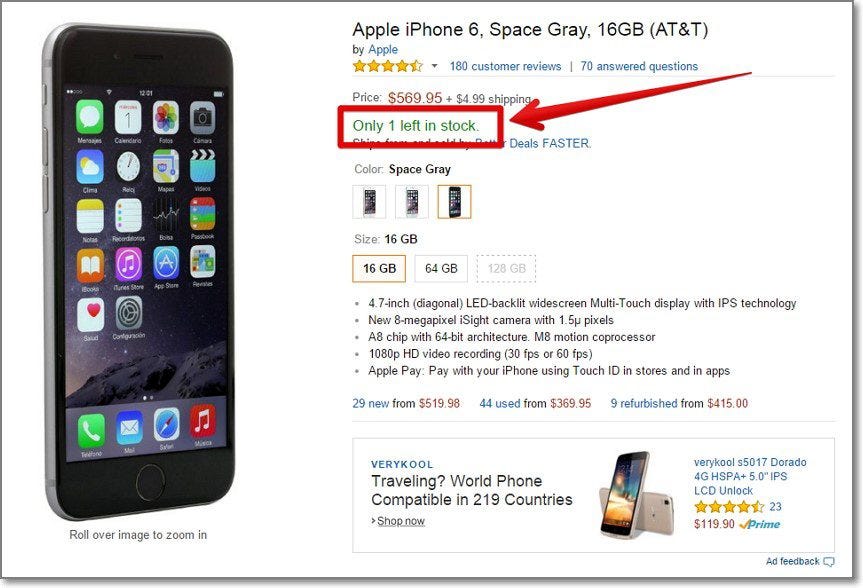Fear of missing out (FOMO) 😟 is a powerful way to drive engagement and conversions
🤔 In this post, I'll share seven real examples of how brands have used FOMO in their advertising, backed by data and case studies. 👀
1️⃣ 𝐀𝐦𝐚𝐳𝐨𝐧: Amazon frequently uses FOMO in its ads, such as its "Deal of the Day" and "Lightning Deals," which are only available for a limited time. This strategy has proven successful, with Amazon reporting that its Prime Day 2020 event generated over $10 billion in sales.
2️⃣ 𝐀𝐢𝐫𝐛𝐧𝐛: Airbnb uses FOMO in its ads by showing users how many other people are viewing a listing at the same time, creating a sense of urgency and scarcity. This strategy has led to a 200% increase in bookings for listings that use this feature.
3️⃣ 𝐒𝐩𝐨𝐭𝐢𝐟𝐲: Spotify uses FOMO in its ads by highlighting the popularity of certain songs and playlists, creating a sense of exclusivity and social proof. This strategy has led to an increase in engagement and user retention.
4️⃣ 𝐀𝐩𝐩𝐥𝐞: Apple frequently uses FOMO in its product launch ads, creating a sense of anticipation and excitement among its audience. This strategy has led to record-breaking sales and pre-orders for its products.
5️⃣ 𝐇𝐨𝐨𝐭𝐬𝐮𝐢𝐭𝐞: Hootsuite uses FOMO in its ads by showing users how many social media messages they're missing out on by not using its platform. This strategy has led to an increase in sign-ups and conversions.
6️⃣ 𝐁𝐨𝐨𝐤𝐢𝐧𝐠.𝐜𝐨𝐦: Booking.com uses FOMO in its ads by showing users how many people have recently booked a room or are viewing a listing, creating a sense of urgency and scarcity. This strategy has led to an increase in bookings and revenue.
7️⃣ 𝐂𝐨𝐜𝐚-𝐂𝐨𝐥𝐚: Coca-Cola uses FOMO in its ads by creating limited-edition products and packaging, creating a sense of exclusivity and scarcity. This strategy has led to an increase in sales and customer loyalty.
By using FOMO in your advertising, you can create a sense of urgency and scarcity that motivates your audience to take action.
#FOMO #advertising #marketing #exclusivity #scarcity



